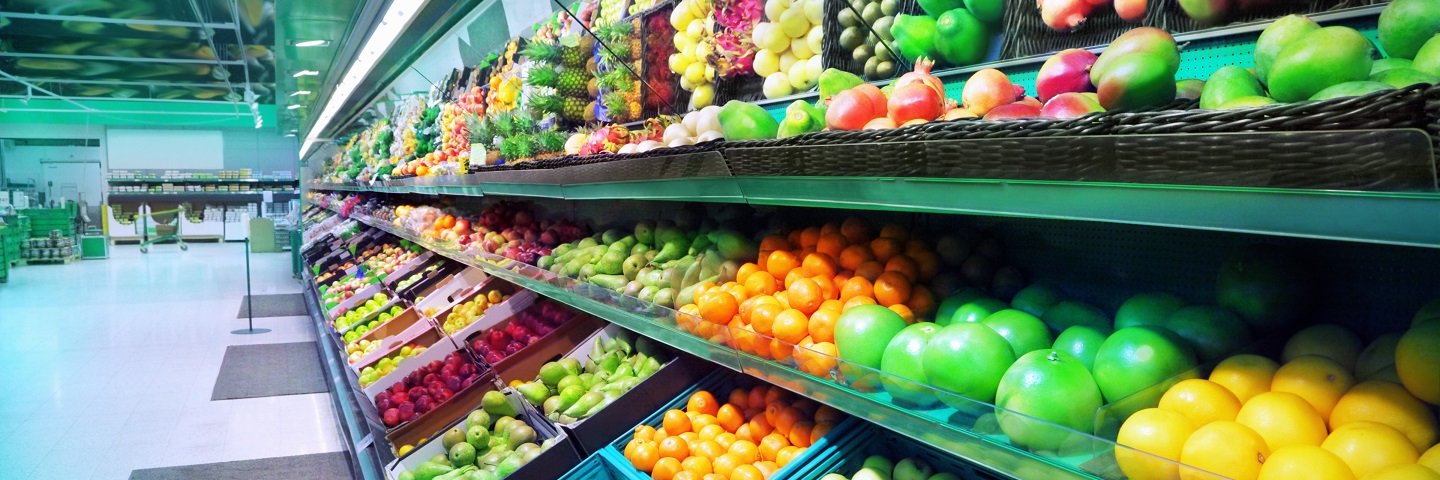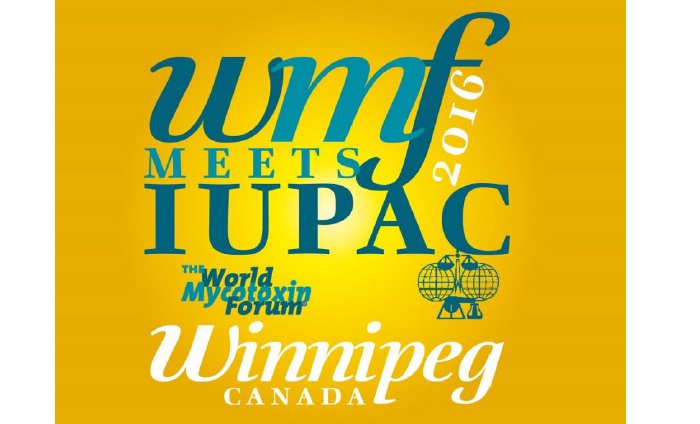
Visit our other sites
-
Fapas - Proficiency Testing
Globally recognised provider of proficiency tests, running over 400 tests annually across an extensive range of matrices and analytes
-
Great Crested Newts Testing
A single sample taken by an ecologist at any time during the newt breeding season can determine their presence or absence, saving you time and money
Susan has extensive experience in the area of mycotoxins analysis using a range of methods but mostly HPLC (high-performance liquid chromatography) and GCMS (gas chromatography–mass spectrometry).


Find Susan on: LinkedIn
-
Area of expertise
Plant Pathology
-
Years of experience
25+
-
Highest qualification
BSc (Hons)
Susan is Science Lead for the areas of mycotoxins and natural toxins. In addition she is Head of the UK National Reference Laboratory (NRL) for Mycotoxins (& oversees the NRLs for a range of other Contaminants). She is a research scientist with over 40 peer reviewed publications and book chapters, as well as being a project manager, and providing advice & training on mycotoxins (and other contaminants) including analysis and regulations, as well as general laboratory quality (e.g. ISO17025 accreditation). Susan is a member of two European expert committees for standardisation of analytical methods for natural toxins.
Our mycotoxins analysis
We undertake research, surveillance and commercial analysis of mycotoxins in food and animal feed using a variety of methods. Fera is the UK National Reference Laboratory (NRL) for Mycotoxins and we collaborate extensively on projects within the UK and Europe.
Latest Papers and Articles
F. Berthiller, C. Brera, C. Crews, M. H. Iha, R. Krska, V. M. T. Lattanzio, S. MacDonald, R. J. Malone, C. Maragos, M. Solfrizzo, J. Stroka, T. B. Whitaker (2015), Developments in mycotoxin analysis: an update for 2013-2014. World Mycotoxin Journal, 8 (1), 5.
E. Marley, P. Brown, J. Mackie, C. Donnelly, J. Wilcox, A. Pietri, and S. MacDonald (2015) Analysis of sterigmatocystin in cereals, animal feed, seeds, beer and cheese by immunoaffinity column clean-up and HPLC and LC-MS/MS quantification. Food Addit Contam Part A Chem Anal Control Expo Risk Assess. 2015;32(12):2131-7.
Budge GE, Hodgetts J, Jones EP, Ostojá-Starzewski JC, Hall J, Tomkies V, Semmence N, Brown N, Wakefield M, Stainton K (2017) The invasion, provenance and diversity of Vespa velutina Lepeletier (Hymenoptera: Vespidae) in Great Britain. PloS One, e0185172.
Colin Crews and Susan MacDonald, (2015). Natural Occurrence of Masked Mycotoxins, in Masked Mycotoxins in Food: Formation, Occurrence and Toxicological Relevance. Edited by Chiara Dall’Asta and Franz Berthiller, Published by the Royal Society of Chemistry, Print ISBN: 978-1-84973-972-6, DOI:10.1039/9781782622574
E. Wielogórska, S. MacDonald and C.T. Elliott (2016) A review of the efficacy of mycotoxin detoxifying agents used in feed in light of changing global environment and legislation. World Mycotoxin Journal, 2016; 9 (3): 419-433
F. Berthiller, C. Brera, C. Crews, M.H. Iha, R. Krska, V.M.T. Lattanzio, S. MacDonald, R.J. Malone, C. Maragos, M. Solfrizzo, J. Stroka and T.B. Whitaker (2016) Developments in mycotoxin analysis: an update for 2014-2015. World Mycotoxin Journal, 2016; 9 (1): 5-29.

Events past and future
June 2016: Attended World Mycotoxin Plant Toxin Forum, Winnipeg, Canada

Susan and their team work with customers to deliver the following services within Fera...
Mycotoxins analysis using a range of methods but mostly HPLC (high-performance liquid chromatography) and GCMS (gas chromatography–mass spectrometry).

Food Contact Materials Testing
Our work involves targeted and non targeted analysis of known and unknown migrants. Analysis can be carried out in complex matrices (foods, food simulants and food contact materials and articles) utilising a range of advanced chromatographic and mass spectrometric techniques.

Contaminant Testing
Our experts focus on the scientific research relating to intentionally added food components and to those arising from chemical changes during food processing, bioactive chemicals and natural toxicants.

Authenticity Testing
Fera's analysts use industry leading techniques and cutting edge technologies to ensure compliance with food safety regulations, protecting public health and traceability.
Latest Papers and Articles
F. Berthiller, C. Brera, C. Crews, M. H. Iha, R. Krska, V. M. T. Lattanzio, S. MacDonald, R. J. Malone, C. Maragos, M. Solfrizzo, J. Stroka, T. B. Whitaker (2015), Developments in mycotoxin analysis: an update for 2013-2014. World Mycotoxin Journal, 8 (1), 5.
E. Marley, P. Brown, J. Mackie, C. Donnelly, J. Wilcox, A. Pietri, and S. MacDonald (2015) Analysis of sterigmatocystin in cereals, animal feed, seeds, beer and cheese by immunoaffinity column clean-up and HPLC and LC-MS/MS quantification. Food Addit Contam Part A Chem Anal Control Expo Risk Assess. 2015;32(12):2131-7.
Budge GE, Hodgetts J, Jones EP, Ostojá-Starzewski JC, Hall J, Tomkies V, Semmence N, Brown N, Wakefield M, Stainton K (2017) The invasion, provenance and diversity of Vespa velutina Lepeletier (Hymenoptera: Vespidae) in Great Britain. PloS One, e0185172.
Colin Crews and Susan MacDonald, (2015). Natural Occurrence of Masked Mycotoxins, in Masked Mycotoxins in Food: Formation, Occurrence and Toxicological Relevance. Edited by Chiara Dall’Asta and Franz Berthiller, Published by the Royal Society of Chemistry, Print ISBN: 978-1-84973-972-6, DOI:10.1039/9781782622574
E. Wielogórska, S. MacDonald and C.T. Elliott (2016) A review of the efficacy of mycotoxin detoxifying agents used in feed in light of changing global environment and legislation. World Mycotoxin Journal, 2016; 9 (3): 419-433
F. Berthiller, C. Brera, C. Crews, M.H. Iha, R. Krska, V.M.T. Lattanzio, S. MacDonald, R.J. Malone, C. Maragos, M. Solfrizzo, J. Stroka and T.B. Whitaker (2016) Developments in mycotoxin analysis: an update for 2014-2015. World Mycotoxin Journal, 2016; 9 (1): 5-29.

Events past and future
June 2016: Attended World Mycotoxin Plant Toxin Forum, Winnipeg, Canada

Susan and their team work with customers to deliver the following services within Fera...
Mycotoxins analysis using a range of methods but mostly HPLC (high-performance liquid chromatography) and GCMS (gas chromatography–mass spectrometry).

Food Contact Materials Testing
Our work involves targeted and non targeted analysis of known and unknown migrants. Analysis can be carried out in complex matrices (foods, food simulants and food contact materials and articles) utilising a range of advanced chromatographic and mass spectrometric techniques.

Contaminant Testing
Our experts focus on the scientific research relating to intentionally added food components and to those arising from chemical changes during food processing, bioactive chemicals and natural toxicants.

Authenticity Testing
Fera's analysts use industry leading techniques and cutting edge technologies to ensure compliance with food safety regulations, protecting public health and traceability.

Copyright © 2025 Fera Science Limited (“Fera”). All rights reserved.
For further information about how Fera uses any personal data collected from you, please see our Privacy Notice at www.fera.co.uk/privacy-policy.

